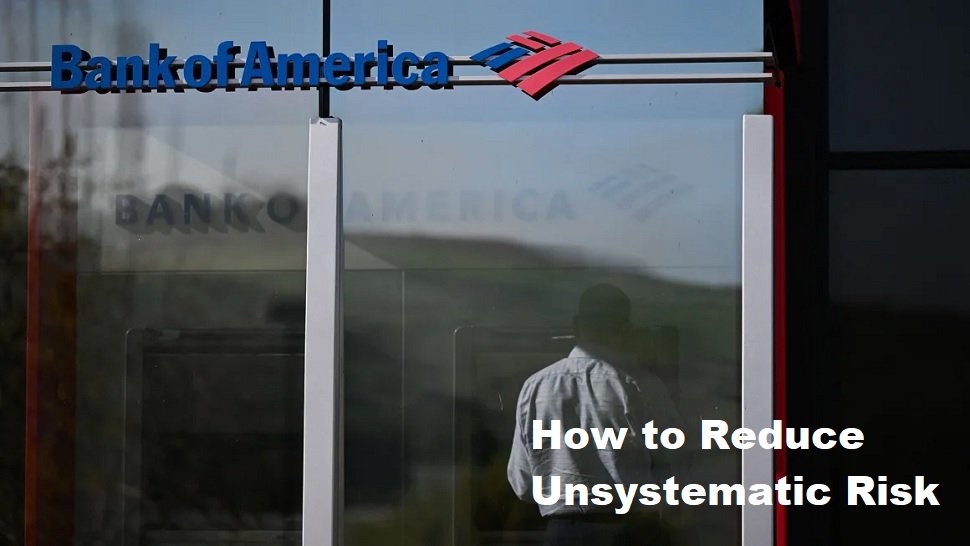Unsystematic Risk is a risk that arises as a result of problems or events that are directly related to a particular company or industrial sector. This risk is specific and does not affect the entire market as a whole. Unsystematic Risk consists of various factors that can influence a company’s performance, such as poor management capabilities, internal crises, changes in regulations, and market competition. Systematic Risk is a risk that affects the entire market as a whole and cannot be avoided through the diversification process. Meanwhile, Unsystematic Risk is only related to internal factors which can be eliminated through investment diversification in several assets in the portfolio. Factors that cause Systematic Risk include global economic conditions, changes in interest rates, and trade wars.
In an investment context, it is important for investors to understand the difference between Unsystematic Risk and Systematic Risk because these two types of risk have different impacts on investment results. Identifying and managing these two types of risk will help investors create more effective and optimal investment strategies. So, Unsystematic Risk can be explained as a risk that is directly related to specific events or conditions of a company or industry, while Systematic Risk is a risk that affects the entire market in general. Reducing Unsystematic Risk can be done through diversification, while Systematic Risk cannot be completely eliminated and must be anticipated by investors.
Factors that Influence Unsystematic Risk
Business factors that influence unsystematic risk include company strategy, business model, management and operational decisions. For example, if a company makes inappropriate expansion decisions or fails to explore new markets, this can increase business risks and affect the value of the investment. Financial factors also play a role in influencing unsystematic risk. This includes the company’s capital structure, debt levels, liquidity, and dividend policy. Companies with an unbalanced capital structure or high debt levels will be more vulnerable to market fluctuations and financial risks. In addition, low liquidity and unstable dividend policies can also increase risks for investors.
Industry factors are external factors that influence unsystematic risk. Each industry has unique characteristics and different market demands. Some industry factors include market competition, government regulations, business cycles, and technological innovation. For example, companies in the telecommunications industry may be greatly affected by new technological developments, while companies in the pharmaceutical industry will be more affected by changes in government regulations. Apart from the factors above, there are several other factors that can also influence unsystematic risk. These factors include environmental, social, and corporate governance (ESG) issues that affect a company’s reputation and credibility. Events such as labor strikes, natural disasters, and scandals involving companies can also impact unsystematic risk. Therefore, it is important for investors to pay attention to various aspects in investment risk analysis in order to reduce the risk of loss.
Examples of Unsystematic Risk in Companies
The first unsystematic risk is wrong company management policies. Management policies greatly influence the running of the business and the company’s ability to achieve targets. Some examples of wrong policies include inefficient financial management, inappropriate strategic decision making, or lack of investment in new technology. This can cause the company to experience a decline in share value and have a negative impact on the company’s overall performance.
The second unsystematic risk is the change of CEO or main management in a company. This change could result in a change in business strategy, management restructuring, or loss of investor confidence. This has the potential to reduce the company’s share price and affect returns for shareholders. Therefore, the stability and competence of the main management is very important in dealing with this risk.
The third unsystematic risk relates to dependence on a single supplier. If a company is too dependent on one supplier for products, services or raw materials, this risk can affect the company’s operations in the short and long term. For example, if a supplier is experiencing production problems, the company may have difficulty meeting market demand. In extreme scenarios such as force majeure conditions or supplier bankruptcy, companies must immediately look for new alternatives and make adjustments. This can cause business disruption, reduce profits, and impact the company’s stock performance.
The fourth unsystematic risk is changes in government regulations that are directly related to the company’s business sector. Regulatory changes can relate to taxes, business permits, occupational health and safety, or environmental provisions. Uncertainty and changes in regulations often require companies to make adjustments that affect the company’s operations, development strategies, costs and profits. In some cases, regulatory changes can result in legal sanctions or fines for companies that are unable to adapt quickly. As a result, this risk can reduce the value of shares and make investors lose confidence in the company concerned.
How to Reduce Unsystematic Risk
To reduce unsystematic risk, one effective way that can be done is diversifying the investment portfolio. Diversification means investing your funds in various assets that are not closely related, such as stocks, bonds and other financial instruments. By diversifying, you will reduce the risk of loss if one investment does not perform well. Apart from diversifying the investment portfolio, fundamental analysis of the company is another important step in reducing unsystematic risk. Through fundamental analysis, investors can understand the company’s financial condition and the factors that influence the company’s performance in the long term. This includes analysis of financial ratios, profit and loss statements, trial balances, and cash flows. By deepening investment actors’ knowledge of resource performance and the company’s position in the industry, the risk-based decision-making process becomes better.
Monitoring and following industry-related news is also an effective strategy for reducing unsystematic risk. In this context, investors are advised to always update the latest information about economic sectors that are relevant to their investment portfolio. This information can be used to identify trends and changes that may affect investment performance. Apart from that, the latest information about the companies in the portfolio is also important to understand potential risks that may arise due to situations or events that occur with the company.
In conclusion, reducing unsystematic risk is not a simple task, but it is important for long-term investment sustainability. Investors need to employ a combination of strategies, such as portfolio diversification, fundamental company analysis, and monitoring industry-related news to successfully manage this risk. In addition, it is important for investment players to be flexible and adaptive to market conditions and new information discovered in the investment decision making process. In this way, unsystematic risks can be minimized and the chances of investment success will increase. Always remember that managing risk is an integral part of the investment process, and by implementing these strategies, you will be better prepared to deal with changes that may occur in the markets and industries you invest in.









